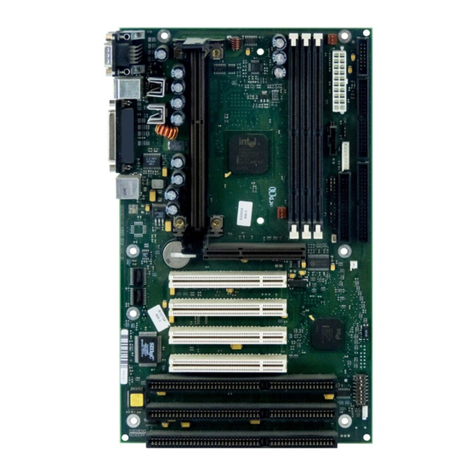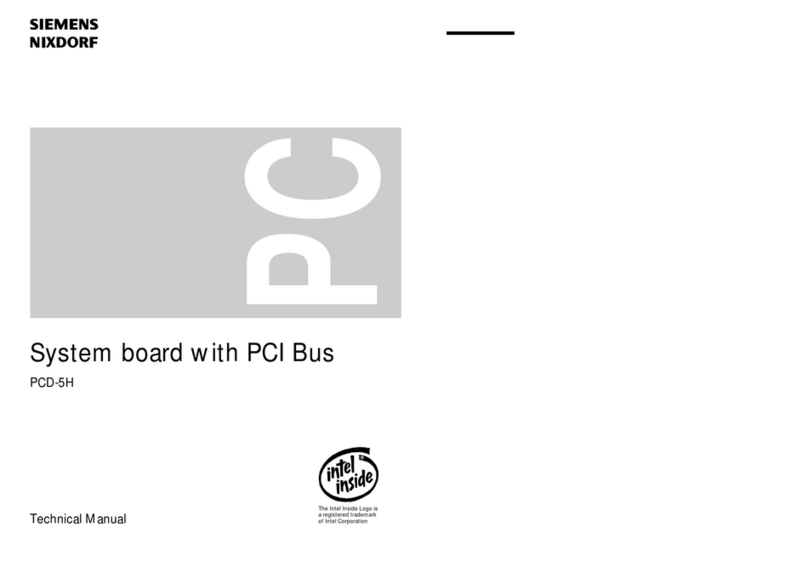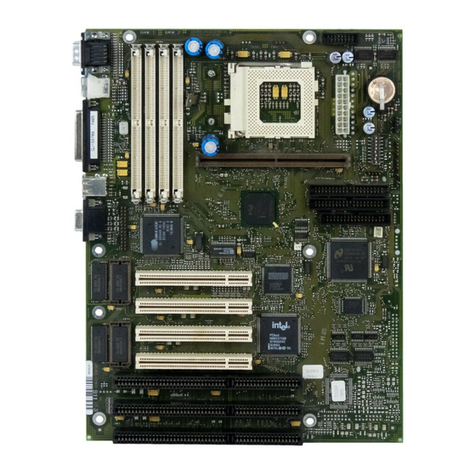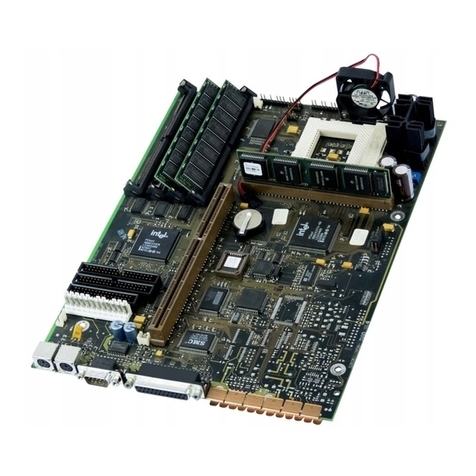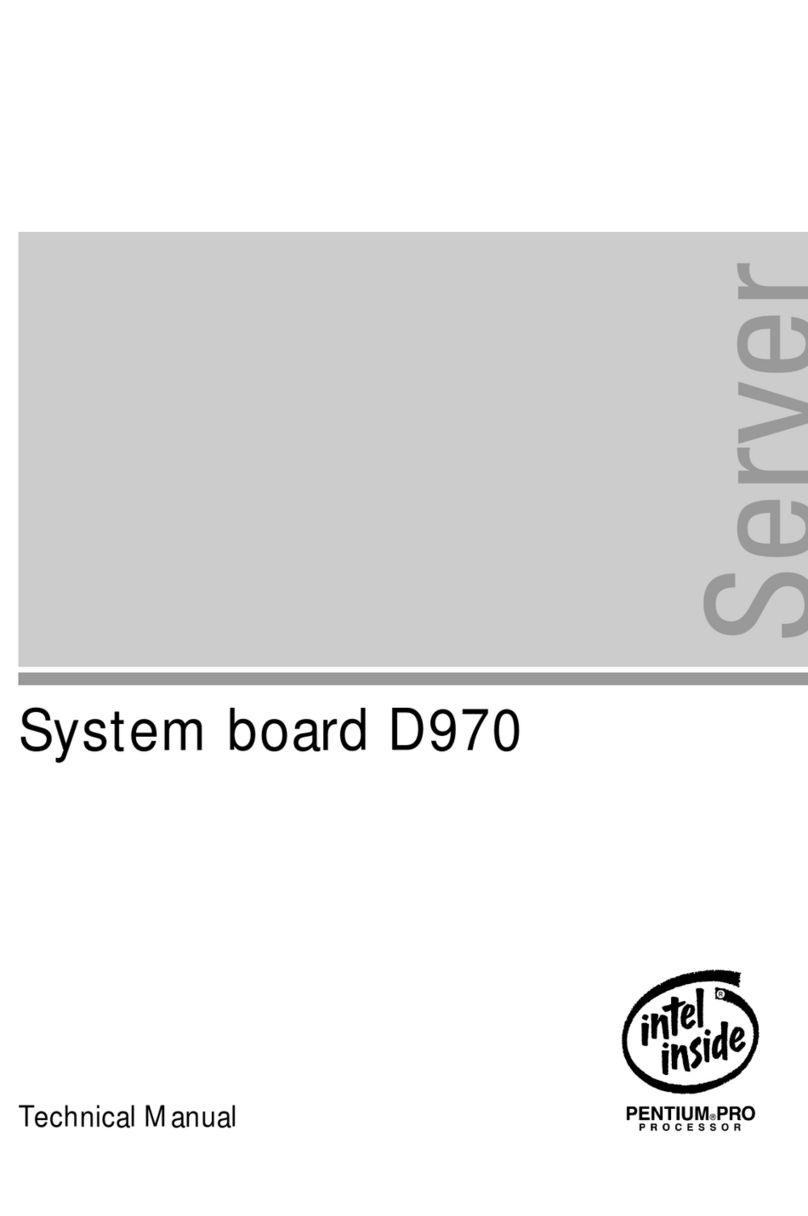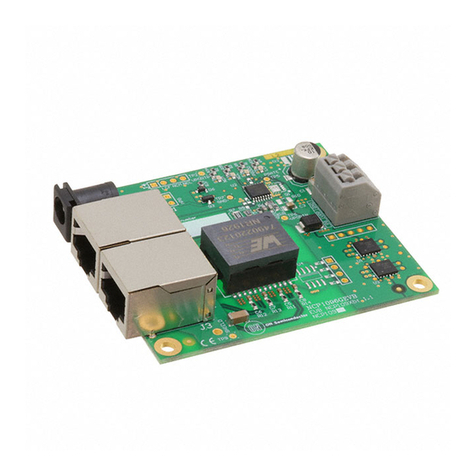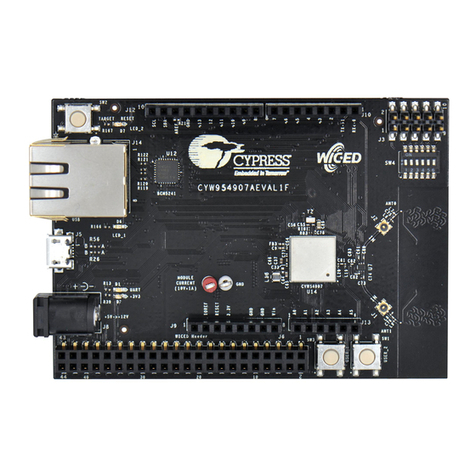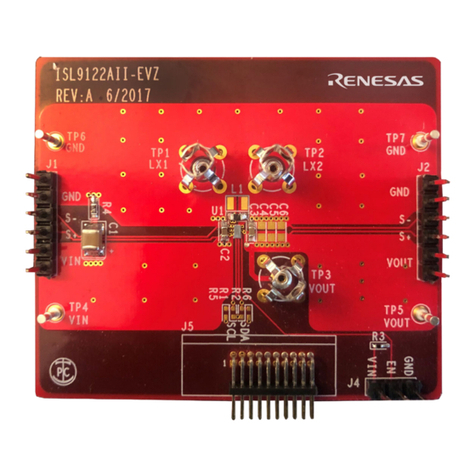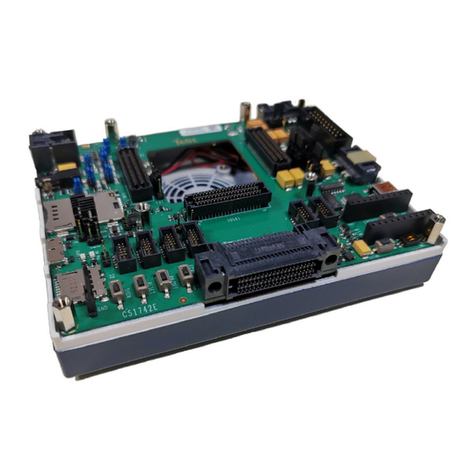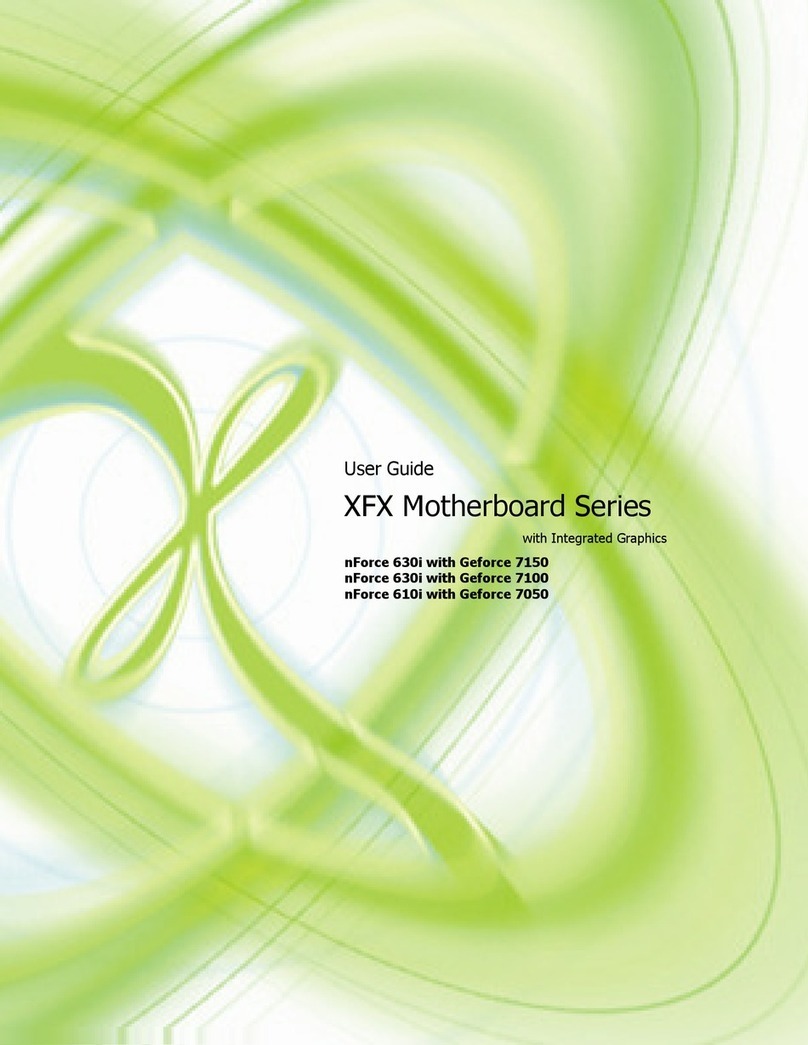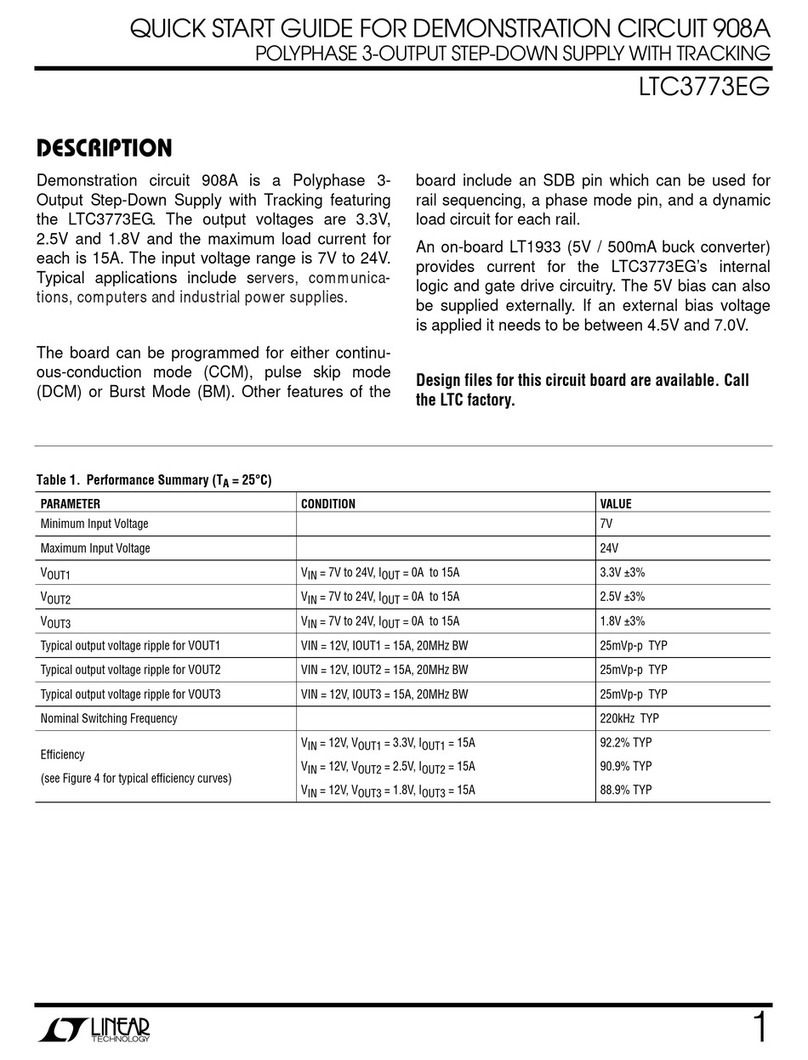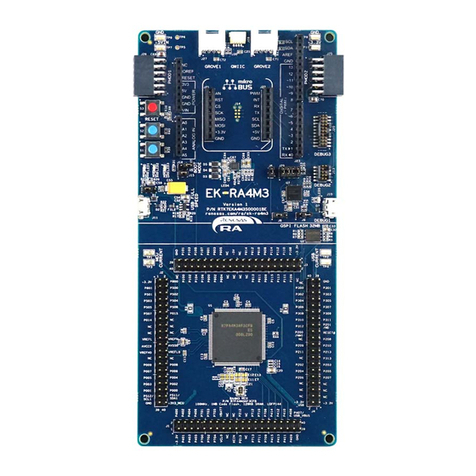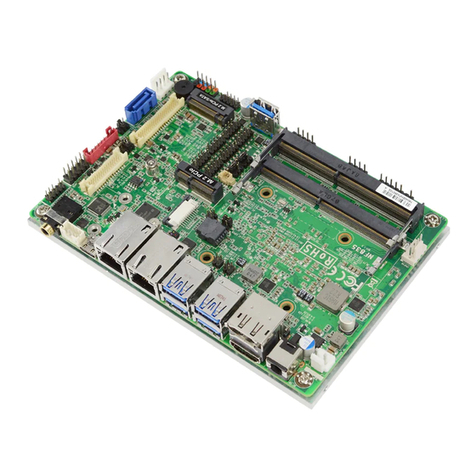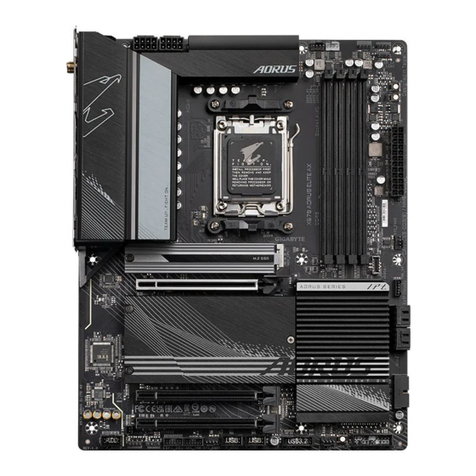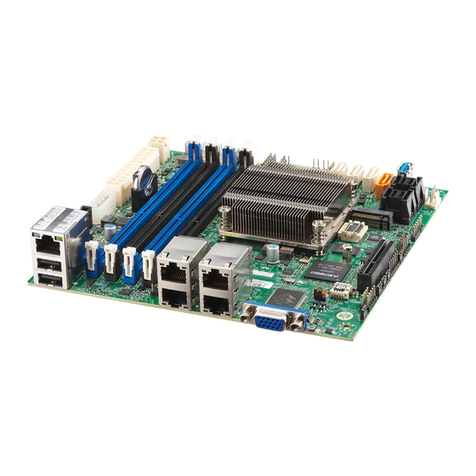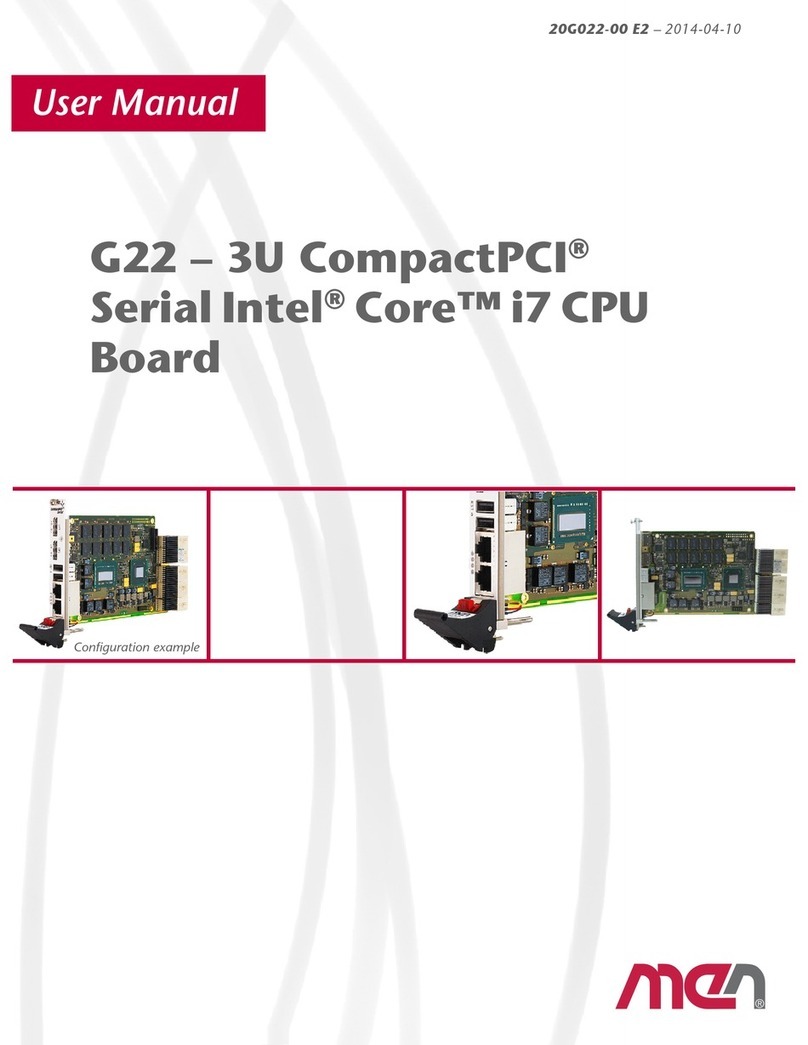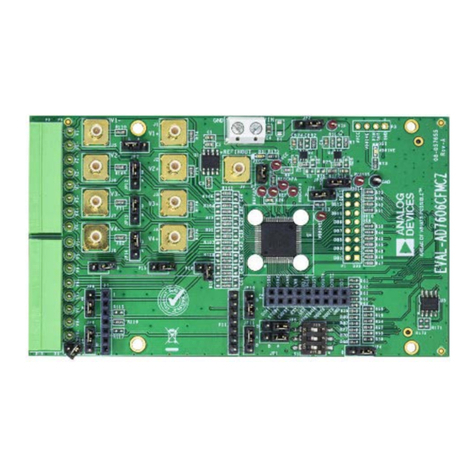Siemens Nixdorf Fujitsu D1160 User manual

SYSTEMBAUGRUPPE D1160
SYSTEMBAUGRUPPE D1160SYSTEMBAUGRUPPE D1160
SYSTEMBAUGRUPPE D1160
SYSTEM BOARD D1160
SYSTEM BOARD D1160SYSTEM BOARD D1160
SYSTEM BOARD D1160
TECHNISCHES HANDBUCH
TECHNISCHES HANDBUCHTECHNISCHES HANDBUCH
TECHNISCHES HANDBUCH
TECHNICAL MANUAL
TECHNICAL MANUALTECHNICAL MANUAL
TECHNICAL MANUAL

Sie haben ...
... technische Fragen oder Probleme?
Wenden Sie sich bitte an:
• einen unserer Servicepartne
r
• Ihren zuständigen Vertriebspartne
r
• Ihre Verkaufsstelle
Aktuelle Informationen zu unseren Produkten, Tipps, Updates usw. finden Sie im Internet:
http://www.fujitsu-siemens.com
Is there ...
... any technical problem or other
question you need clarified?
Please contact:
• one of our service partners
• your sales partne
r
• your sales outlet
The latest information on our products, tips, updates, etc., can be found on the Internet under:
http://www.fujitsu-siemens.com


Dieses Handbuch wurde auf Recycling-Papier gedruckt.
This manual has been printed on recycled paper.
Ce manuel est imprimé sur du papier recyclé.
Este manual ha sido impreso sobre papel reciclado.
Questo manuale è stato stampato su carta da riciclaggio.
Denna handbok är tryckt på recyclingpapper.
Dit handboek werd op recycling-papier gedrukt.
Herausgegeben von/Published by
Fujitsu Siemens Computers GmbH
Bestell-Nr./Order No.: A26361-D1160-Z120-1-7419
A26361-D1160-Z120-1-7419A26361-D1160-Z120-1-7419
A26361-D1160-Z120-1-7419
Printed in the Federal Republic of Germany
AG 0100 01/00
A26361-D1160-Z120-1-7419
SYSTEMBAUGRUPPE D1160
SYSTEM BOARD D1160 TECHNISCHES HANDBUCH
TECHNICAL MANUAL

Systembaugruppe
D1160
System Board D1160
Technisches Handbuch
Technical Manual
Deutsch
Elih
En
g
lish
Ausgabe Januar 2000
January 2000 edition

Intel, Pentium und Celeron sind eingetragene Warenzeichen und MMX ist ein Warenzeichen
der Intel Corporation, USA.
Microsoft, MS, MS-DOS und Windows sind eingetragene Warenzeichen der Microsoft
Corporation.
PS/2 ist ein eingetragenes Warenzeichen von International Business Machines, Inc.
Magic Packet ist ein eingetragenes Warenzeichen von Advanced Micro Devices, Inc.
Rambus, RDRAM, und das Rambus Logo sind eingetragene Warenzeichen der Rambus Inc.
Direct Rambus, RIMM, SO-RIMM und Direct RDRAM sind Warenzeichen von Rambus Inc.
Alle weiteren genannten Warenzeichen sind Warenzeichen oder eingetragene Warenzeichen
der jeweiligen Inhaber und werden als geschützt anerkannt.
Copyright ãFujitsu Siemens Computers GmbH 2000
Alle Rechte vorbehalten, insbesondere (auch auszugsweise) die der Übersetzung, des
Nachdrucks, der Wiedergabe durch Kopieren oder ähnliche Verfahren.
Zuwiderhandlungen verpflichten zu Schadenersatz.
Alle Rechte vorbehalten, insbesondere für den Fall der Patenterteilung oder GM-Eintragung.
Liefermöglichkeiten und technische Änderungen vorbehalten.
Intel, Pentium and Celeron are registered trademarks and MMX and OverDrive are
trademarks of Intel Corporation, USA.
Microsoft, MS, MS-DOS and Windows are registered trademarks of Microsoft Corporation.
PS/2 and OS/2 Warp are registered trademarks of International Business Machines, Inc.
Magic Packet is a registered trademark of Advanced Micro Devices, Inc.
Rambus, RDRAM, and the Rambus Logo are registered trademarks of Rambus Inc. Direct
Rambus, RIMM, SO-RIMM, and Direct RDRAM are trademarks of Rambus Inc.
All other trademarks referenced are trademarks or registered trademarks of their respective
owners, whose protected rights are acknowledged.

A26361-D1160-Z120-4-7419
Contents
Introduction........................................................................................................................................1
Notational conventions ..............................................................................................................1
Important notes .................................................................................................................................1
Information on boards................................................................................................................2
Features............................................................................................................................................3
Interfaces and connectors .........................................................................................................5
Temperature monitoring / system monitoring.............................................................................7
Hard disk connection.................................................................................................................8
LAN port....................................................................................................................................8
PCI bus interrupts......................................................................................................................8
Settings.............................................................................................................................................9
Processor's clock speed............................................................................................................9
Setting USB power jumper.......................................................................................................10
Recovering System BIOS - switch 2........................................................................................10
Write protection for floppy disks - switch 3...............................................................................10
Add-on modules..............................................................................................................................11
Installing / removing processor................................................................................................12
Upgrading main memory..........................................................................................................13
Installing network board with WOL...........................................................................................15
Replacing the lithium battery....................................................................................................15
Glossary..........................................................................................................................................16


A26361-D1160-Z120-4-7419 English - 1
Introduction
i
These system boards are available in different configuration levels. Depending on the
hardware configuration of your device, it may be that you cannot find several options in
the system board, even though they are described.
You may find further information in the description "BIOS Setup".
Notational conventions
The meanings of the symbols and fonts used in this manual are as follows:
!Pay particular attention to texts marked with this symbol. Failure to observe this warning
endangers your life, destroys the system, or may lead to loss of data.
i
Supplementary information, remarks and tips follow this symbol.
Ê Texts which follow this symbol describe activities that must be performed in the order shown.
ËThis symbol means that you must enter a blank space at this point.
Ú
ÚÚ
ÚThis symbol means that you must press the Enter key.
Texts in this typeface are screen outputs.
Texts in this bold typeface are the entries you make via the keyboard.
Texts in italics indicate commands or menu items.
"Quotation marks" indicate names of chapters and terms that are being emphasized.
Important notes
Store this manual close to the device. If you pass on the device to third parties, you should also
pass on this manual.
!Be sure to read this page carefully and note the information before you open the device.
You cannot access the components of the system board without first opening the device.
How to dismantle and reassemble the device is described in the Operating Manual
accompanying the device.
Please note the information provided in the chapter "Safety" in the Operating Manual of
the device.
Incorrect replacement of the lithium battery may lead to a risk of explosion. It is therefore
essential to observe the instructions in the chapter "Add-on modules“-"Replacing the
lithium battery“.

Important notes
2 - English A26361-D1160-Z120-4-7419
The shipped version of this board complies with the requirements of the EEC
directive 89/336/EEC "Electromagnetic compatibility".
Compliance was tested in a typical PC configuration.
When installing the board, refer to the specific installation information in the
Operating Manual or Technical Manual of the receiving device.
Connecting cables for peripherals must be adequately insulated to avoid interference.
!Components can become very hot during operation. Make sure you do not touch
components when making extensions to the system board. There is a danger of burns!
i
The warranty is invalidated if the device is damaged during the installation or
replacement of system expansions. Information on which system expansions you can
use is available from your sales outlet or the customer service center.
Information on boards
To prevent damage to the system board or the components and conductors on it, please take great
care when you insert or remove boards. Take care above all to ensure that extension boards are
slotted in straight without damaging components or conductors on the system board, or any other
components, for example EMI spring contacts.
Be especially careful with the locking mechanisms (catches, centering pins etc.) when you replace
the system board or components on it, for example memory modules or processors.
Never use sharp objects (screwdrivers) for leverage.
Boards with electrostatic sensitive devices (ESD) are identifiable by the
label shown.
When you handle boards fitted with ESDs, you must observe the following
points under all circumstances:
• You must always discharge yourself (e.g. by touching a grounded
object) before working.
• The equipment and tools you use must be free of static charges.
• Pull out the power plug before inserting or pulling out boards containing
ESDs.
• Always hold boards with ESDs by their edges.
• Never touch pins or conductors on boards fitted with ESDs.

Features
A26361-D1160-Z120-4-7419 English - 3
Features
The components and connectors marked do not have to be present on the system board.
• System board in ATX format
• Dual processor system (D1160 dual: second processor optional)
• Intel Pentium II with 100 MHz Front Side Bus for slot 1 processor socket
• Intel Pentium III with 100 MHz Front Side Bus for slot 1 processor socket
• Intel Pentium III with 133 MHz Front Side Bus for slot 1 processor socket
• Upgrade with second Pentium II or Pentium III processor
Intel Pentium II and Pentium III processors support MMX technology, Intel Pentium III processors
also support Intel Streaming SIMD Extensions. Size and frequency of first-level cache and second-
level cache are depending on the processor used.
• Intel chipset 820 AGP
consisting of MCH 82820DP, ICH 82801 and FWH 82802
supports PC600, PC700 and PC800 RDRAM memory modules with and without ECC
• Intel 82559 LAN controller (10/100 Mbit/s) with RJ45 interface;
WOL with Magic Packetäis supported, as is booting from LAN with Bootix LAN BootP or Intel
PXE.
• Alert On LAN
• Fujitsu Siemens system monitoring and temperature management
• 2 RIMM slots for 64 to 1 Gbyte main memory (RIMM memory modules)
• Flash BIOS
• Energy saving functions
− ACPI S3 / Save-to-RAM (requires an operating system that supports ACPI).
− ACPI S4 / Save-to-Disk (requires an operating system that supports ACPI).
• Security functions:
− Chipcard reader interface
− Cover monitoring: The cover monitoring reports when the cover has been opened without
authorization.
− Simple error detection and correction in the main memory with an ECC (only for memory
modules with ECC)
− System, Setup and Keyboard password
− parallel and serial ports can be deactivated
− Write protection for floppy disk drive
− Virus warning function for the boot hard disk
− Virus protection function for the flash BIOS and the EEPROMs on the memory modules
• 1 AGP slot, 5 PCI slots
AGP and PCI slots support 3.3 V main and auxiliary voltages.
• AC'97 for audio devices

Features
4 - English A26361-D1160-Z120-4-7419
• IDE hard disk controller connected to PCI bus for up to four IDE drives
(e.g. IDE hard disk drives, ATAPI CD-ROM drives)
The IDE hard disk controllers are designed for the extended busmaster ultra DMA33 mode and
ultra ATA/66, and support the PIO modes 0 to 4.
• Audio, Wavetable, AUX-In, CD-In
• IrDA
• external temperature sensor
• I2C connector
• Floppy disk drive controller (possible formats: 720 Kbyte, 1.44 Mbyte)
• The system board supports booting from a 120 Mbyte IDE floppy disk drive.
• 1 external parallel interface (ECP- and EPP-compatible)
• 1 external serial port (16C550 compatible with FIFO)
• 1 internal chipcard reader interface As an alternative this interface can also be used as a
second serial port (16C550 compatible with FIFO).
• 1 internal WOL interface
• 2 external PS/2 interfaces for keyboard and mouse
• 1 external USB port
• 1 internal/external USB interface
• Game/Midi port
• 1 connector for internal infrared connection
• Real-time clock/calendar with integrated battery backup

Features
A26361-D1160-Z120-4-7419 English - 5
Interfaces and connectors
16
25
7
348
9a9b9c
AGP
PCI 5
PCI 2
PCI 1
PCI 3
PCI 4
1 = PS/2 keyboard port
2 = PS/2 mouse port
3 = Parallel port
4 = Serial port 1
5 = USB port B
6 = USB port A
7 = LAN port
8 = Game/Midi port
9a = Audio Line-Out
9b = Audio Line-In
9c = Audio Micro-In
The components and connectors marked do not have to be present on the system board.

Features
6 - English A26361-D1160-Z120-4-7419
AGP
PCI 5
PCI 2
PCI 1
PCI 3
PCI 4
12 3456789
15
16
17
10
18
11
13
12
19
14
1 = Power supply monitoring
2 = Power supply
3 = IDE drives 3 and 4 (secondary)
4 = Connector for front panel
5 = IDE drives 1 and 2 (primary)
6 = Fan 2 for CPU 1 (processor 1)
7 = Floppy disk drive
8 = Serial chipcard reader interface or serial
port 2
9 = Fan 4 (e. g. for the optional fan (AUX))
10 = Wake On LAN
11 = Cover monitoring
12 = IrDA
13 = I²C connector (primary SMBus)
14 = AUX-In
15 = CD-In
16 = Fan 1 for CPU 0 (processor 0)
17 = Fan 3 (e. g. for the optional fan (system))
18 = USB chipcard reade
r
19 = Temperature sensor (AUX)
The components and connectors marked do not have to be present on the system board.

Features
A26361-D1160-Z120-4-7419 English - 7
Temperature monitoring / system monitoring
One goal of temperature and system monitoring is to reliably protect the computer hardware against
damage caused by overheating. In addition, any unnecessary noise is also to be prevented with a
reduced fan speed, and information is to be provided on the system state. The cover monitoring
protects the system from unauthorized opening.
The temperature and system monitoring are controlled by an onboard controller developed by
Fujitsu Siemens.
The following functions are supported:
Temperature monitoring:
Measurement of the processor temperature, measurement of the system temperature with an
onboard temperature sensor, measurement of the device temperature with an optional temperature
sensor (AUX).
Temperature control:
The temperature is controlled with the fan speed and/or by reducing the clock frequency of the
processor. The clock frequency of the processor is dependent on the setting in the BIOS setup.
Temperature-dependent processor speed control enables a reduced fan speed, decreasing noise.
Fan monitoring:
Fans that are no longer available, blocked or sticky fans are detected. Blocked or sticky fans are
operated with 12 V pulse voltage. Fans removed while the system is switched off are signaled by
the Display news LED when the system is switched on again and processed by the BIOS or the
application.
Fan control:
The fans are regulated according to temperature (exception: auxiliary fan (AUX)).
Sensor monitoring:
A fault or removal of a temperature sensor is detected. In this case all fans affected by this sensor
run at maximum speed to achieve the greatest possible protection of the hardware. Temperature
sensors removed while the system is switched off are signaled by the Display news LED and
processed by the BIOS or the application.
Cover monitoring:
Unauthorized opening of the cover is detected, even when the system is switched off. However, this
will not be indicated until the system is operating again.
Voltage monitoring:
The voltages 12 V, 5 V and the CMOS battery are monitored.

Features
8 - English A26361-D1160-Z120-4-7419
With hardware monitoring - regardless of the operating system and processor - the advantages
compared to conventional software monitoring are clear:
− suitable for all operating systems and processor types
− no additional load on processor (performance)
− optimum reliability, even if process faults or faults are present in the operating system
− optimum noise reduction
Three different operating modes are available and can be configured in BIOS Setup -System
Management.
Hard disk connection
An ultra ATA/66 hard disk must be connected with a cable especially designed for the ATA/66
mode.
Ê Connect the blue marked end of the cable to the system board.
LAN port
This system board is equipped with the Intel 82559 LAN controller as an option. This LAN controller
supports the transfer speeds 10 Mbit/s and 100 Mbit/s. The LAN controller is equipped with a 3
Kbyte transmission and receiving buffer (FIFO) and supports the WOL function through Magic
Packetä.
It is also possible to boot a device without its own boot hard disk via LAN. Here Bootix LAN BootP
and Intel PXE are supported.
The LAN RJ45 connector is equipped with a yellow and a green LED (light emitting diode).
12
1 = Yellow indicator
2 = Green indicator
Green a connection exists (e. g. to a hub).
Yellow Link Mode: the LAN connection is active.
WOL mode: a Magic PacketTM is being received.
PCI bus interrupts
The following table shows which PCI bus interrupts on the system board are assigned.
PCI bus interrupt Component on system
board: PCI bus interrupt Component on system
board:
A PCI bus slot 5 B AC'97 Audio
A PCI bus slot 1 C PCI bus slot 3
A AGP slot D PCI bus slot 4
B PCI bus slot 2 D USB controller
B SMBus D LAN controlle
r

Settings
A26361-D1160-Z120-4-7419 English - 9
Settings
AGP
PCI 5
PCI 2
PCI 1
PCI 3
PCI 4
ON
1234
1
2
1 = Jumper 2 = Switch block
Switch block
Switch 1 = must be set to off
Switch 2 = System BIOS recovery (RCV) Switch 3 = Write-protection for floppy disk
Switch 4 = Clear CMOS (must be set to off
during operation)
Processor's clock speed
The clock frequency of the processor is set automatically. It cannot be changed manually.

Settings
10 - English A26361-D1160-Z120-4-7419
Setting USB power jumper
The power supply of the USB port is set with the jumper.
Position1-2 The USB port is only supplied with power when switched on.
Position 2 -3 The USB port is always supplied with power (default setting).
Recovering System BIOS - switch 2
Switch 2 enables recovery of the old system BIOS after an attempt to update has failed. To restore
the old system BIOS you need a Flash BIOS Diskette (please call our customer service center).
On The System BIOS executes from standard floppy drive A: and the inserted "Flash-
BIOS-Diskette" restores the System BIOS on the system board.
Off Normal operation (default setting).
Write protection for floppy disks - switch 3
Switch 3 is used to define whether floppy disks can be written or deleted in the standard floppy disk
drive. To write and delete floppy disks, the write-protection in BIOS Setup must be disabled (in menu
Security, the field Diskette Write must be set to Enabled).
On The standard floppy disk drive is write-protected.
Off Read, write and delete floppy disks is possible (default setting).

Add-on modules
A26361-D1160-Z120-4-7419 English - 11
Add-on modules
!For all steps described in this chapter exit the suspend mode before switching off the
device and then pull the power plug out of the power outlet!
Even when you have run down the device, parts of the device (e. g. memory modules,
AGP and PCI extension boards) are still energized.
The voltage indicator LED shows whether the main-memory slots are energized.
AGP
PCI 5
PCI 2
PCI 1
PCI 3
PCI 4
1
2
3
6
7
4
5
89
1 = Location 1 for processor 0 / CPU 0 with
heat sink
2 = Location 2 for processor 1 / CPU 1 with
heat sink
3 = Voltage indicator LED
4 = Location bank 0 for main memory
5 = Location bank 1 for main memory
6 = Lithium battery
7 = Front Side Bus - Mismatch LED
8 = PCI slots 1, 2, 3, 4, 5
9 = AGP slot
i
AGP slots in the 1x and 2x mode and PCI slots support 3.3 V main and auxiliary voltage.
With AGP in the 4x mode, the system board automatically switches over to 1.5 V.

Add-on modules
12 - English A26361-D1160-Z120-4-7419
Installing / removing processor
Replacing the processor
You can replace the processor in the slot of the first processor. The system board can be upgraded
by a second processor if it is inserted into the slot for the second processor.
If the system board only has one processor (inserted into the slot for the first processor (CPU 0)), a
terminating board is installed in the slot for the second processor.
!You may only use processors of the same type on the system board (e.g. only Pentium II
or only Pentium III). The second processor must have the same clock rate (working and
FSB clock frequency) as the first.
If processors with different FSB clock frequencies are used, the board is held in reset and
the FSB mismatch LED lights up.
A suitable multiprocessor operating system must be used if dual operation is required.
Installing the processor
i
If you wish to upgrade the system with a new processor, the processor bracket on the
system board may need to be replaced beforehand. Should it be necessary to replace the
bracket, please contact our customer service center.
Depending on the design of the processor housing, the heat sink can be moved on the
processor and the processor in the bracket. This floating suspension in the installed state
ensures reliable contact between the processor and the heat sink. Detents in the bracket
prevent the processor from slipping out.
If the heat sink on the processor can be moved, then it must also be possible to move the
mounted processor in the bracket. This ensures optimum cooling.
If you replace the processor, grasp the processor housing by the processor and the heat
sink.
2
2
1
1
1
2
2
1
(A) (B)
The illustration shows two bracket and processor models.
Table of contents
Other Siemens Nixdorf Motherboard manuals

Siemens Nixdorf
Siemens Nixdorf D824 User manual
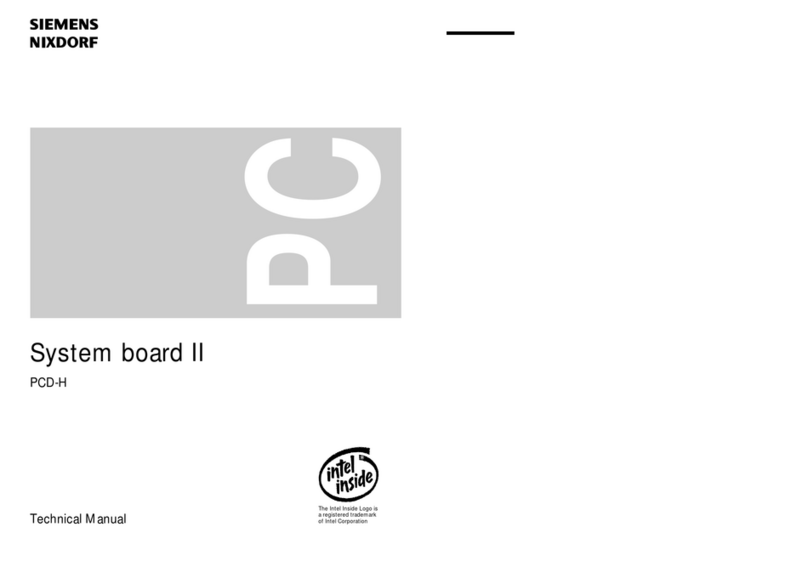
Siemens Nixdorf
Siemens Nixdorf D802-C User manual
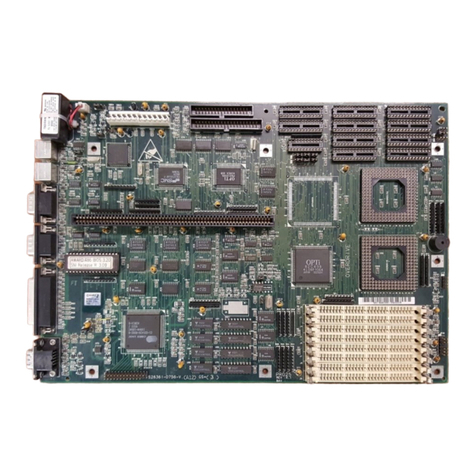
Siemens Nixdorf
Siemens Nixdorf D756 User manual
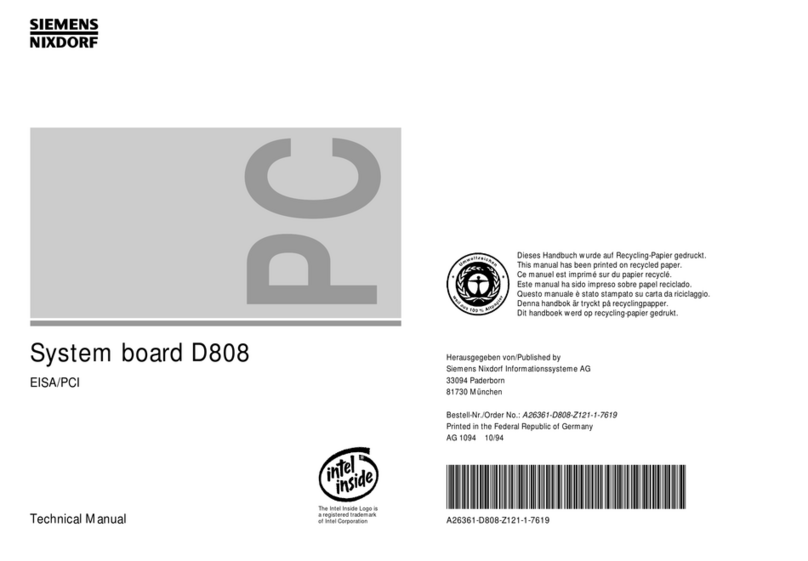
Siemens Nixdorf
Siemens Nixdorf D808 User manual
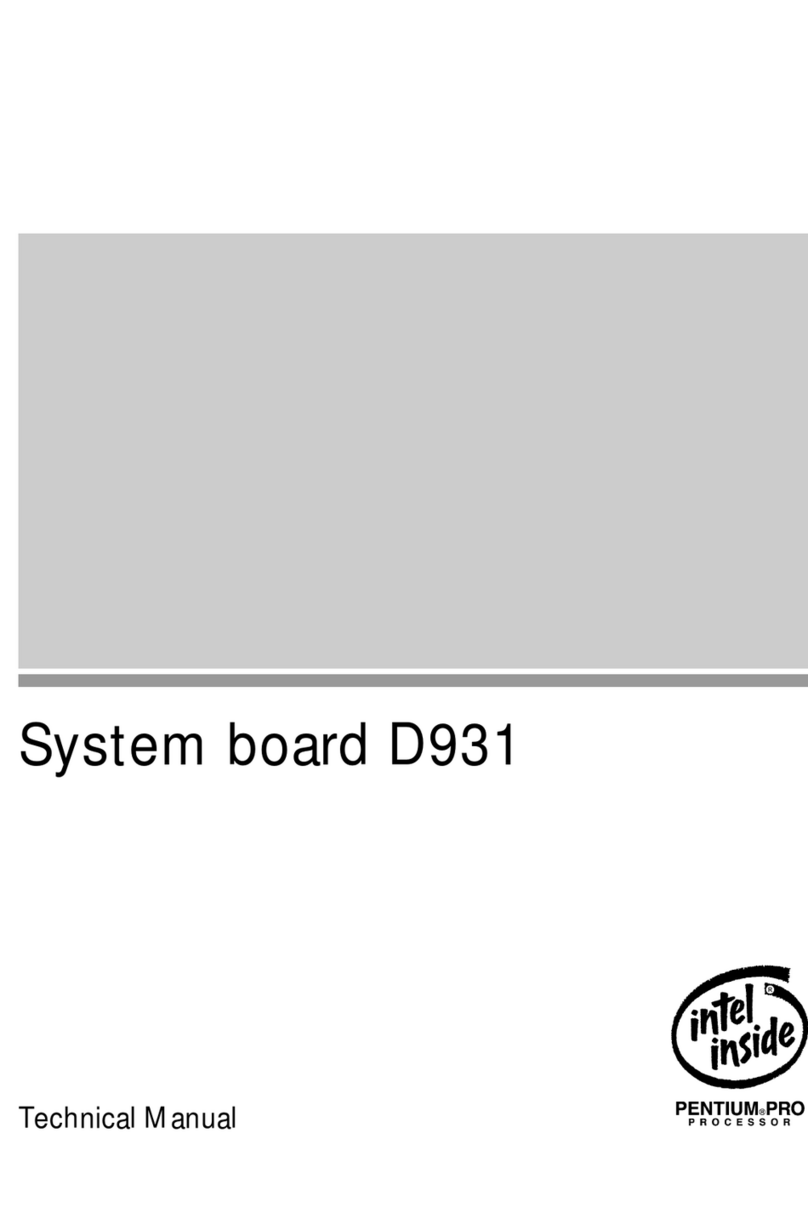
Siemens Nixdorf
Siemens Nixdorf D931 User manual
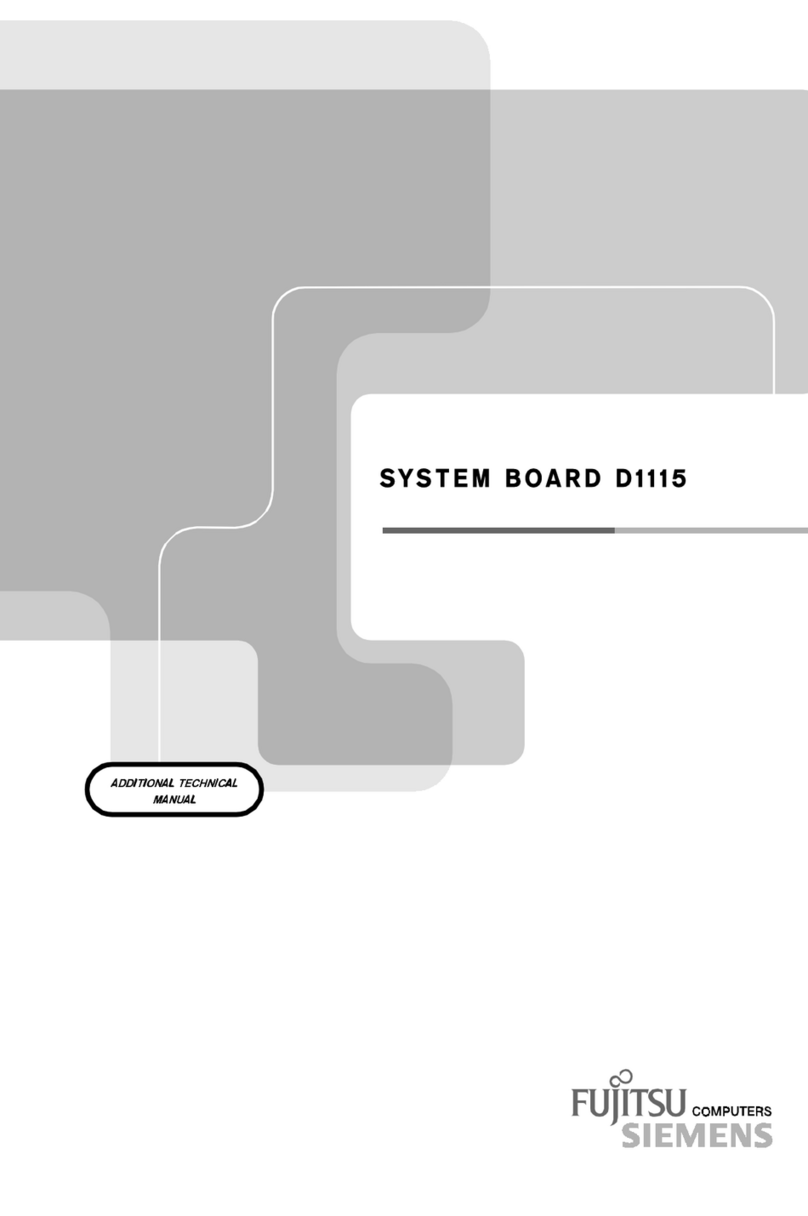
Siemens Nixdorf
Siemens Nixdorf Fujitsu D1115 User manual
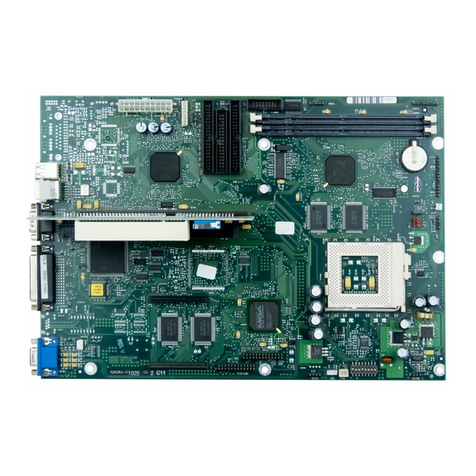
Siemens Nixdorf
Siemens Nixdorf D1025 User manual
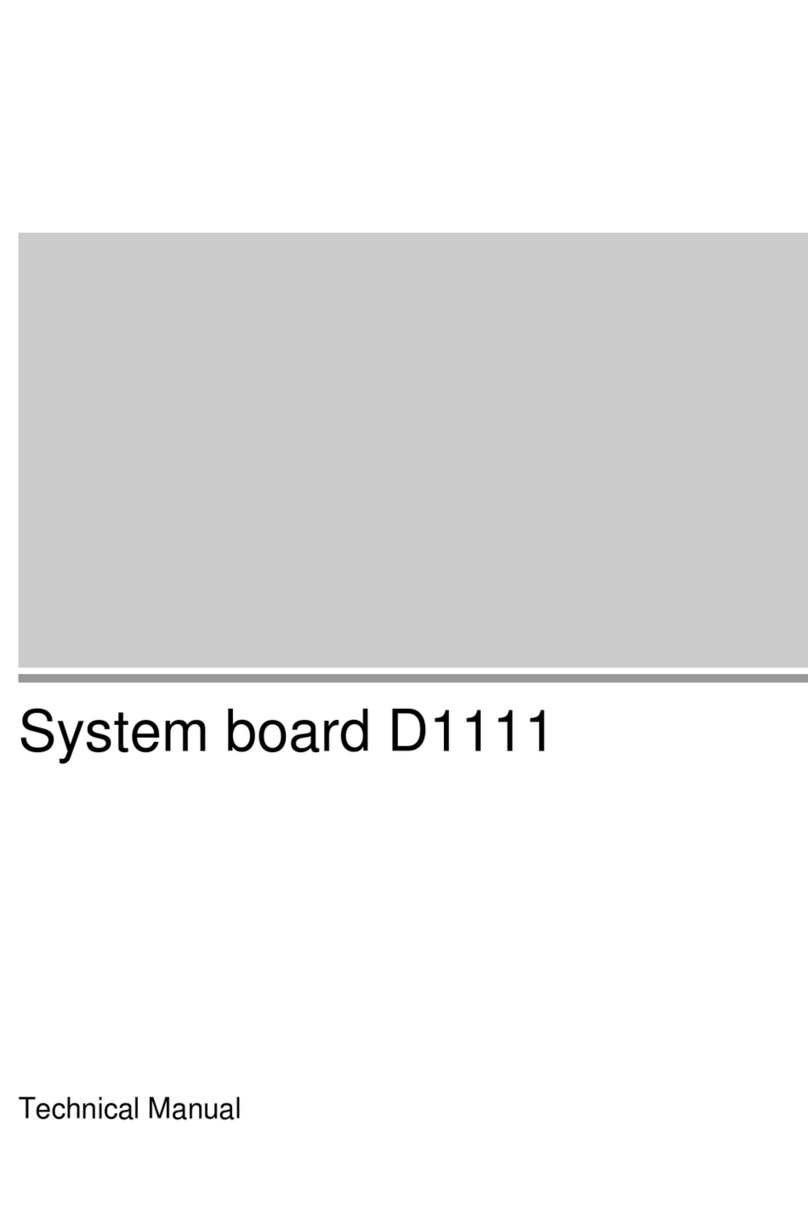
Siemens Nixdorf
Siemens Nixdorf D1111 User manual

Siemens Nixdorf
Siemens Nixdorf D1156 User manual

Siemens Nixdorf
Siemens Nixdorf D1042 User manual
